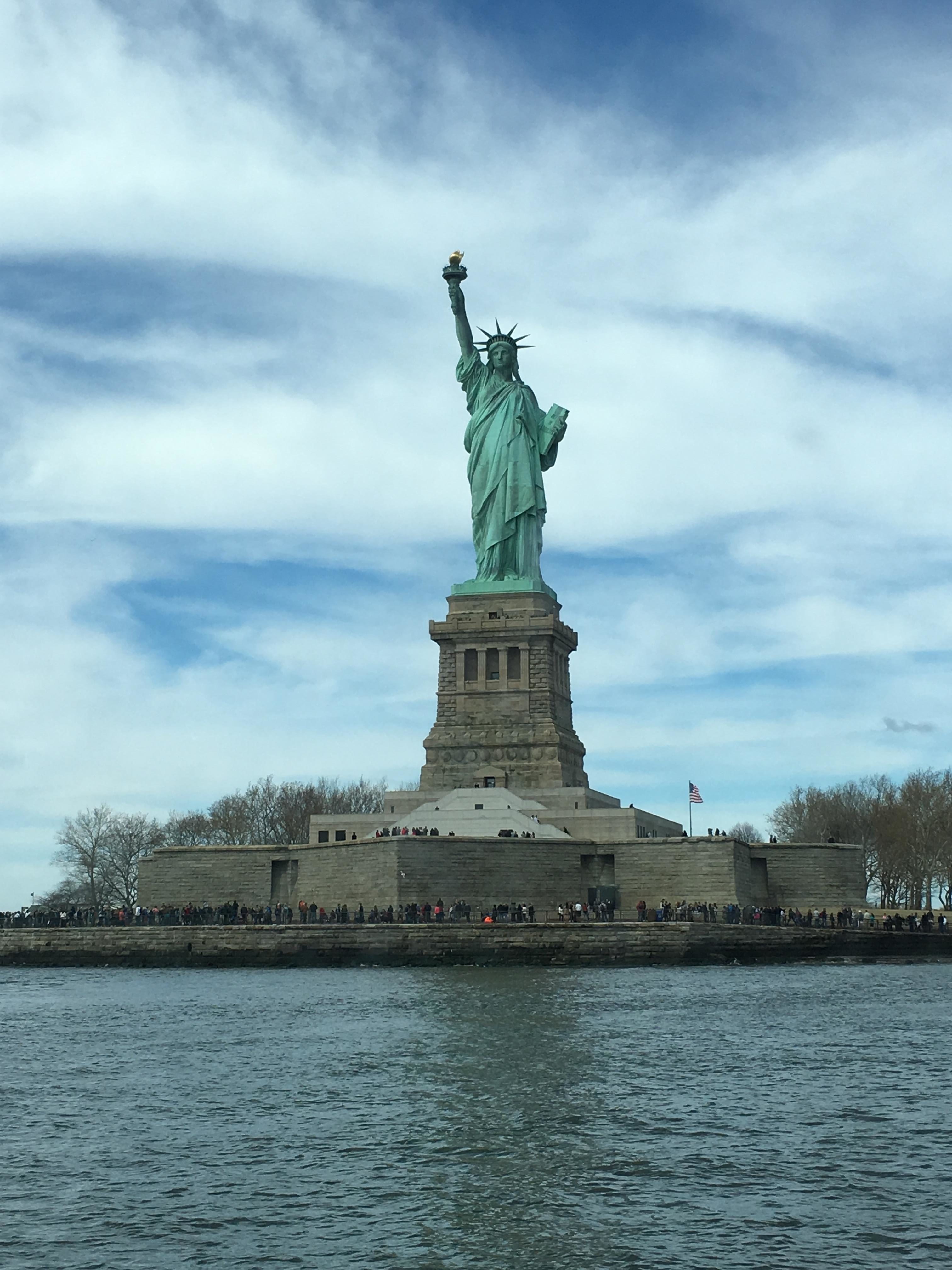Arches National Park
Arches National Park is exactly as its name implies – a park full of natural, rock arches. In my non-science brain, I understand the formation of arches as this. There was a layer of sandstone that formed porous rock. Below that was a layer of clay and sand that formed a less porous rock. Somehow salt from underneath both layers came up forming domes. With more shifts of the earth, a rock formed over the salt layer. Over time, rain eroded openings. Arches aren’t permanent and in 2008, Wall Arch eroded away. For it to be considered an arch, the opening must be at least 3 feet wide. Today Arches NP boasts over 2,000 of these formations. (more…)



